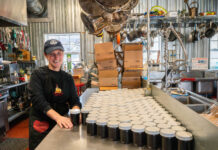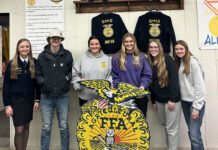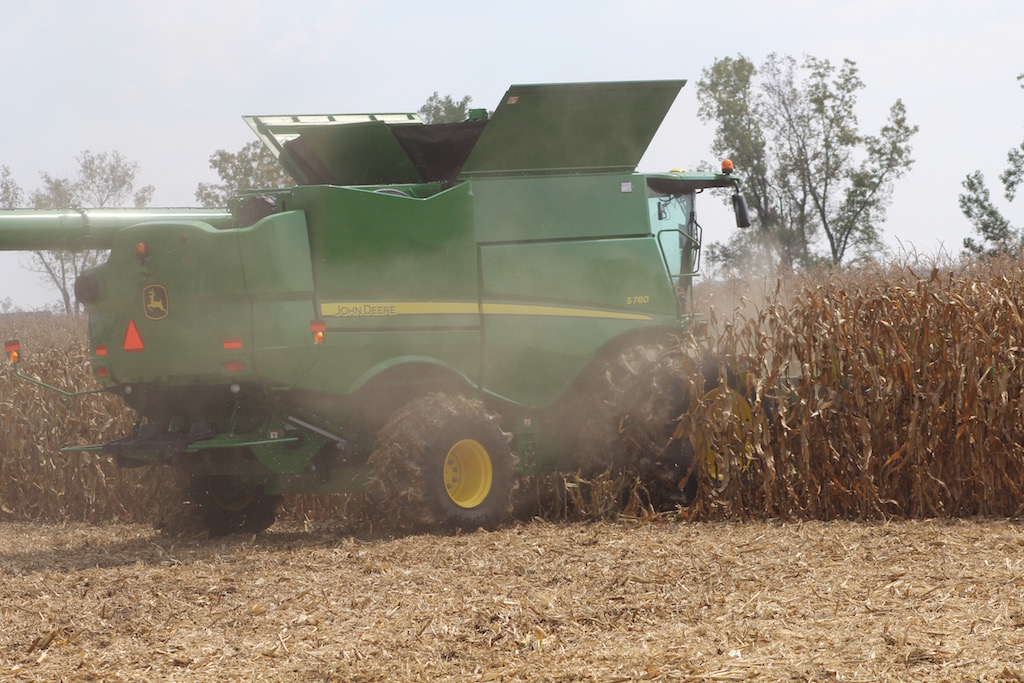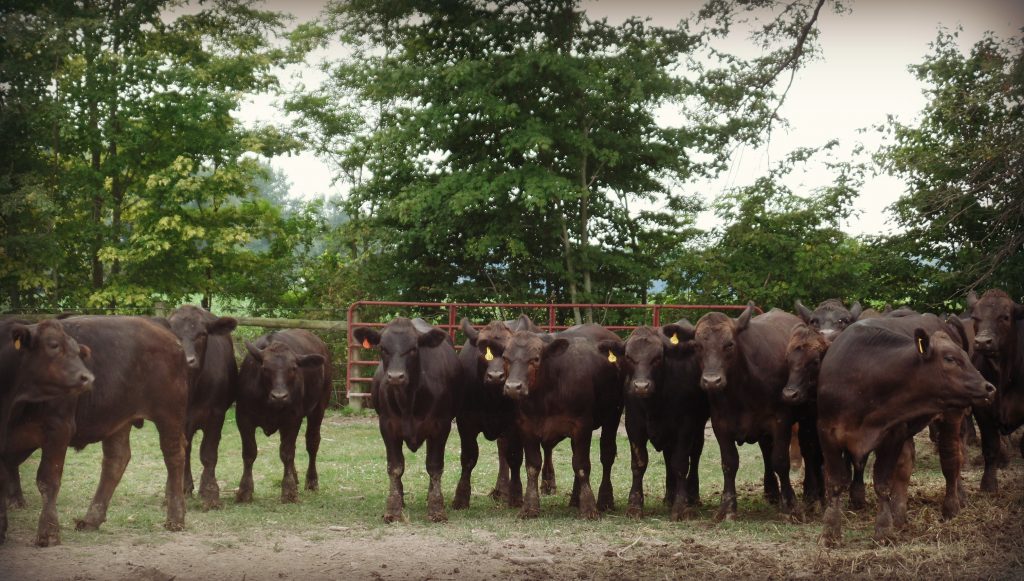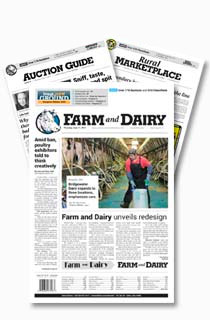Search Results for "collards"
News Results 93 of 342 pages
Farm profits fell faster than Wall Street
When Wall Street stumbled, futures markets hit the floor.
Study shows that SAF means ‘Sacrificing Affordable Food’
Alan Guebert weighs in on the four-page executive summary of the November-issued report on sustainable aviation fuel.
Farm, advocacy groups file complaint against Deere over right to repair
Farm groups and advocacy organizations filed a complaint with the Federal Trade Commission against Deere & Company over the right to repair their own equipment or have equipment repaired by independent mechanics March 3.
Local meat and the cooperative business model
Attend Local Meat and the Cooperative Business Model workshop, Thursday, at 11 a.m. at the Small Farm Center, at the Farm Science Review.
Land and water fund needs federal support
The Land and Water Conservation Fund is still a cause worth supporting.
A House divided: Farm bill is fall guy
Political or dysfunctional. Take your pick for describing the U.S. House of Representatives’ actions when the farm bill came up for a vote on the floor.
Fuel prices costing farmers, too
Fewer trips and better equipment can help farmers save.
Hog producers not going to have a very merry Christmas this year
As Christmas approaches, some seasonal elves will shop, some will bake, some will string a couple of megawatts of colorful lights from the front porch to the barn. I hope to avoid most of this season-pushing by burrowing into my den of paper to wait out all this buying, baking and beautifying. Three weeks from
Outlook for U.S. agricultural trade: Despite sluggish economy, ag imports up 12 percent this year
WASHINGTON –In the first half of fiscal year 2008, U.S. agricultural imports are up nearly 12 percent in value and more than 5 percent in volume (metric tons only), indicating that import price inflation is about 6 percent. Despite the sluggish U.S. economy and the continued weakness of the dollar, import volume is expected to
Wheat wave takes world by storm
Maybe the unseasonably hot temperatures that blistered the Midwest most of September can be traced to global warming, solar flares or the high volume of hot air blowing westward from Washington.
